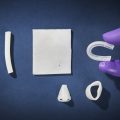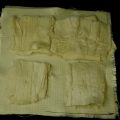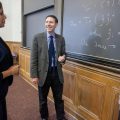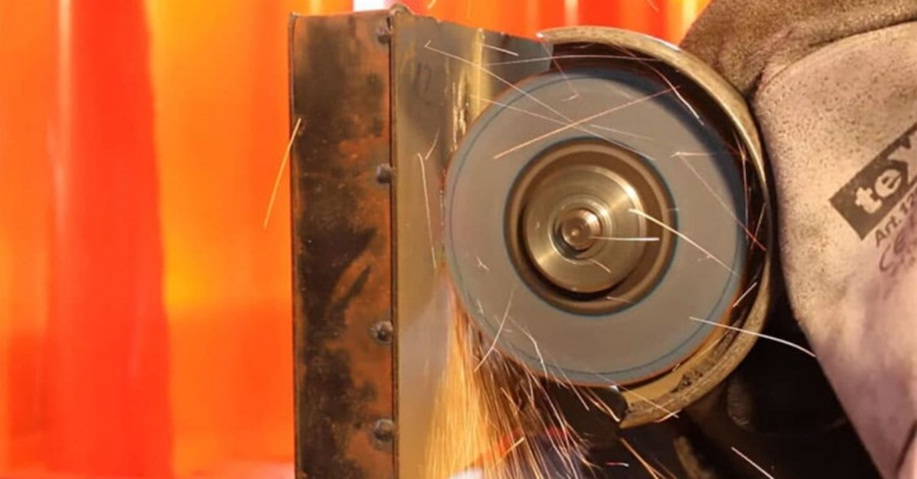
The new metal-ceramic material is 6 times lighter than steel, but cannot be mechanically cut or drilled.
To create a composite called Proteusthe team of scientists used aluminum foam (73% porosity) and ceramic spheres with a diameter of about 13 mm, regularly and evenly distributed in the foam metal. To increase the strength, the sintered panel was sandwiched between two 2 mm thick steel plates. A steel coated cylinder was also produced.
In the course of testing, the drill bits and disc of angle grinders are easy topassed the top sheet, but could not advancebeyond the embedded ceramic spheres, which began to crumble and dull the sharp edges of the instrument. The faster the drill or grinding disc rotated, the more the material resisted and the teeth were destroyed.
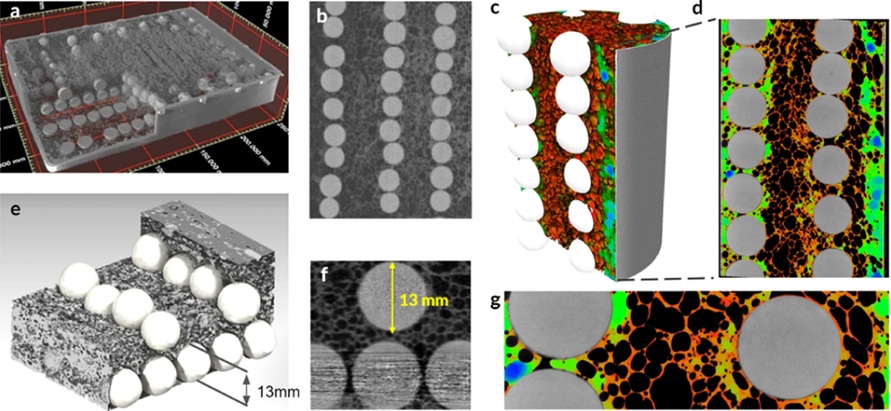
Internal structure.
According to developers from Durham University and the Fraunhofer Institute, this effectis due to the fact that when reaching the ceramic spheres, the material begins to vibrate, and the ceramics break down into small particles that fill theAs a result, the force and energy of the drill or disc are returned to them, so they begin toto destroy themselves.
The team likens the principle of the new material to a sharp jelly filled with nuggets, or a sandbag that stops a bullet at high speed.
Tests have also shown that such a structure does notless effectively protects cermets from waterjet cutting, since the embedded spheres expand the water jet, increasing the impact area, thereby relieving pressure.
Researchers believe that the material can find wide applications in space and military fields, as well as create more advanced armor and locks.
In addition to inventing new materials, scientists also improve existing ones. We recently reported on the development of a carbon nanostructure that is superior in strength to diamond.
text: Ilya Bauer, photo and video: Durham University
